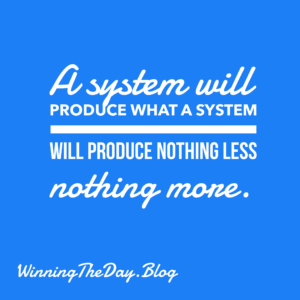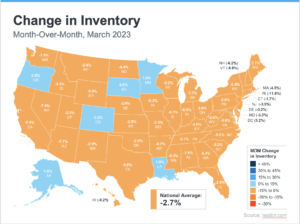In this 4-part blog series, we will cover the essential elements of successful lead conversion in real estate. This final installment explores ethical strategies for creating urgency.
The Psychology of Urgency:
People are naturally more motivated to act when they perceive a limited-time opportunity or a potential loss. This principle, rooted in scarcity and loss aversion, plays a powerful role in real estate. While creating genuine urgency is important, manipulation should be avoided.
Ethical urgency stems from accurately reflecting market dynamics (e.g., “Inventory is low, and similar homes are selling quickly”), highlighting the client’s own timeline (e.g., “You mentioned wanting to move before the school year starts”), or offering legitimate limited-time incentives (e.g., “The seller is offering a closing cost credit for offers received this week”).
The key is to present these factors honestly, empowering clients to make informed decisions without feeling pressured. By balancing urgency with transparency, you motivate action while preserving trust and building long-term relationships.
Actionable Steps:
- Highlight Market Dynamics: Provide accurate information about current market conditions.
- Offer Limited-Time Incentives (Strategically): Consider offering a special promotion or bonus for a limited time.
- Focus on Their Timeline: Gently remind clients of their own goals and timelines.
Example Applications:
- Explain how rising interest rates could impact their ability to achieve their goals.
- Offer a complimentary staging consultation for sellers who list their homes in the next month.
- Remind a client who wants to move before the school year starts of their timeline.
Creating urgency is a valuable tool for helping clients make timely decisions.
Summary of the 4-Part Series:
In this 4-part series, we covered the key elements of lead conversion:
- Part 1: Unlocking the “Why”: We explored the importance of understanding the emotional drivers behind client decisions and how to ask effective questions to uncover their motivations.
- Part 2: Building Trust: We discussed strategies for establishing yourself as a trusted advisor by sharing valuable insights, showcasing your success (subtly), and being transparent.
- Part 3: Framing Solutions: We examined how to connect your services to your client’s specific needs and paint a compelling vision of their real estate success.
- Part 4: Creating Urgency (Ethically): We explored ethical strategies for motivating clients to take action, including highlighting market dynamics, offering strategic incentives, and focusing on their timelines.
By mastering these skills, you can build stronger client relationships, increase your lead conversion rate, and achieve greater success in real estate. Remember, it’s about building relationships, not just closing deals.






